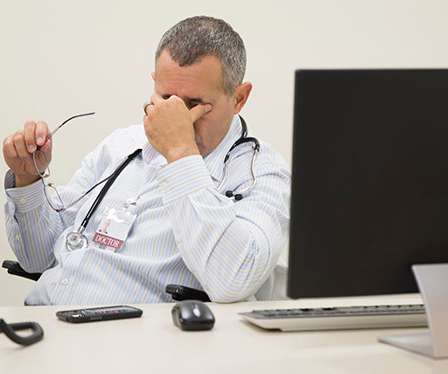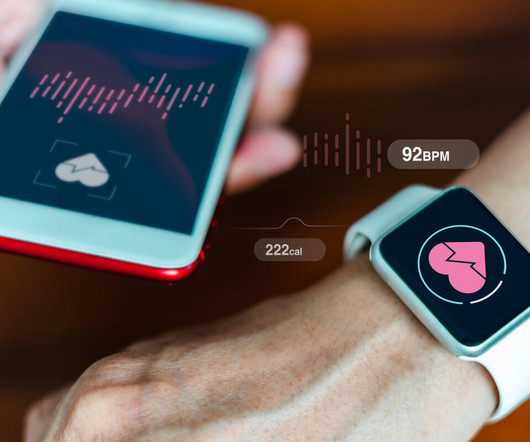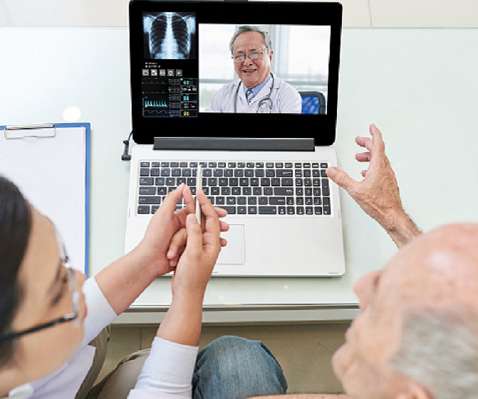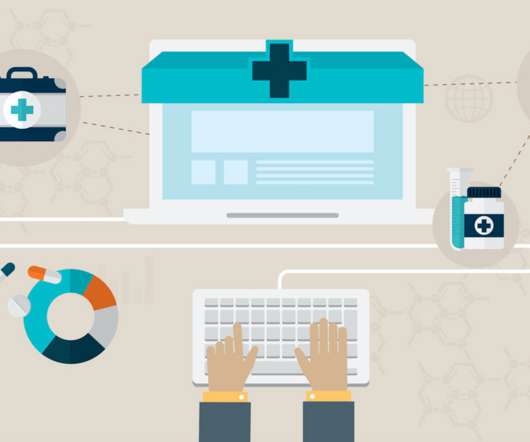Most clinicians can't access telehealth directly from EHRs
Healthcare IT News - Telehealth
NOVEMBER 17, 2020
According to a survey released Tuesday by the COVID-19 Healthcare Coalition, the majority of physicians and other qualified healthcare professionals say telehealth is positively influencing clinical outcomes, patient experience, cost and professional satisfaction. And, of course, the digital divide remains a problem.













Let's personalize your content